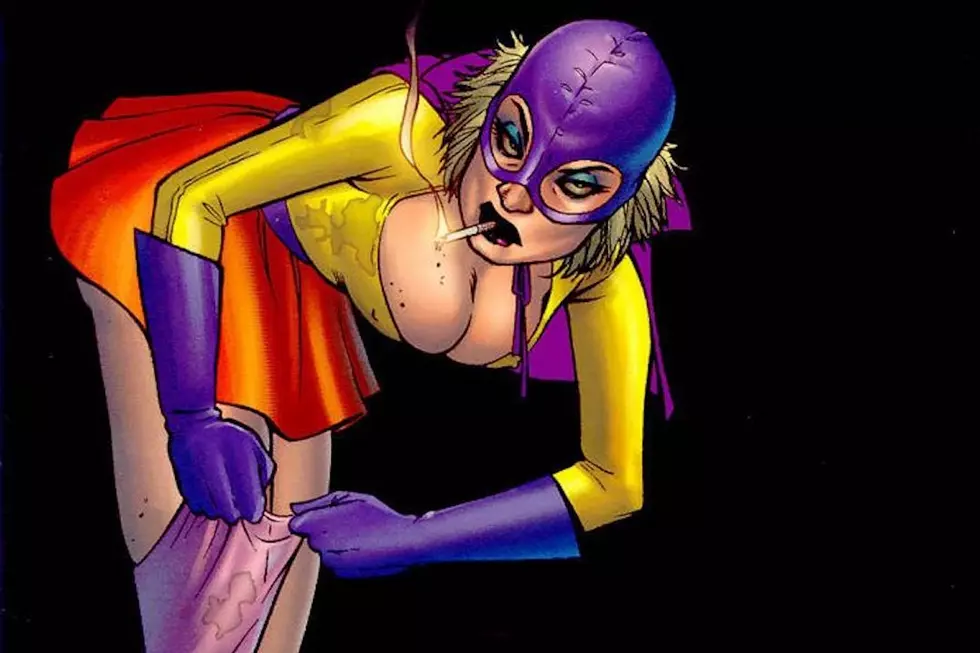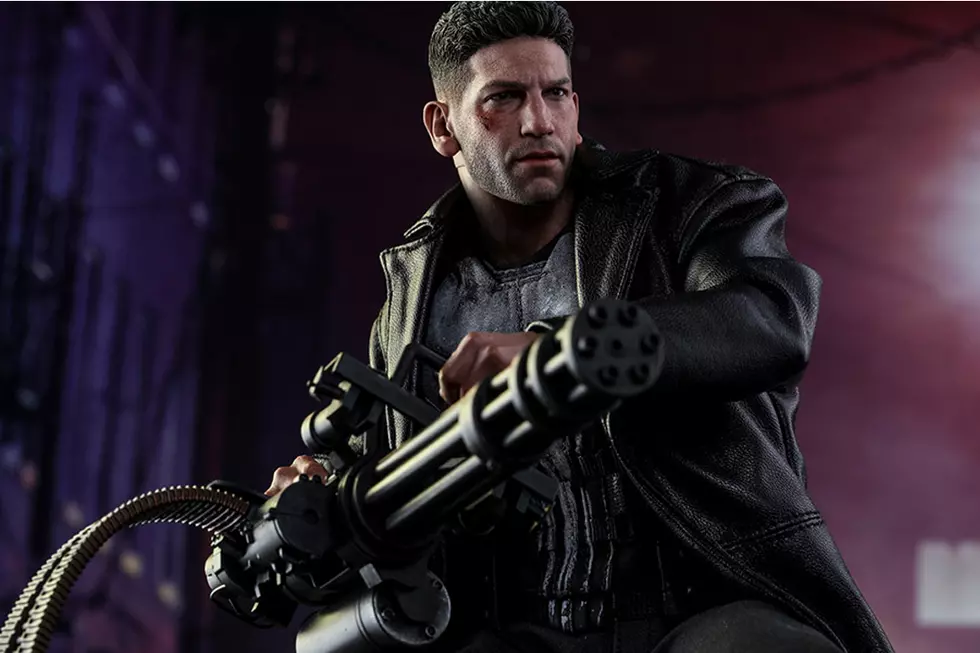
The Understated Brilliance Of Steve Dillon
When Steve Dillon passed away on October 22, 2016, comics lost one of its greatest masters of the invisible art. In a long and storied career, Dillon's work was characterized by concise layouts, subtle manipulations of time and space, and a remarkably expressive cartooning style that gave his comics an emotional resonance unlike any other. Let's take a moment to appreciate the gifts of a uniquely talented artist.
The first thing you notice about Dillon is his simplicity. Although he had worked in British comics since he was sixteen --- including some great work on Judge Dredd --- Dillon really came to prominence in American comics during an era that was typified by excess. The majority of superhero comics were over-the-top and flashy; even work by fellow Vertigo artists could be more experimental and ornate.
In contrast with all of them, Dillon's work was direct and concise. With spare backgrounds and typically uncomplicated layouts, Dillon has always made very much out of very little. Minimal compositions tell a panel-to-panel story by focusing on body language, object choreography, "camera" movement, and mood. In comics that centered more on character, dialogue, and atmosphere, like Hellblazer (where I was first exposed to Dillon), the Englishman shined.
Consider this page from Hellblazer #67. In the first panel, you can see the trees slightly swaying from the breeze in the background as Constantine shambles through the graveyard with an understated but apparent drunken lean. From panels two to three, the change in his expression from depression to bemused resignation is ultimately subtle, but almost jarringly effective. In the final panel, the elevating tilt of perspective combines with Constantine's slumping body language to convey the lowness of the character, sinking into his own self-hate.
In one simple, straightforward, and painfully evocative page, Dillon takes the reader deep into the mental state of his character with nuance and restraint.
But when needed, he could just as capably go the opposite way.
He was like a boxer feigning rope-a-dope. Lulling you into sleep with detailed character work, six-panel vertical layouts, and smartly-framed talking heads, and then unleashing absolute hell. He saved his own excessive abilities for when they really mattered, coiling up for pages of tension before exploding into operatic violence.
In Preacher, with frequent collaborator Garth Ennis, Dillon explored all aspects of his artistic personality more fully. The impressionistic wispiness in his lines congealed into something more solid and assured. He displayed his incredible range with subject matter that flipped from over-the-top sophomoric humor to quietly emotional character moments to outbursts of abject savagery at the turn of a page.
As the page above illustrates, Dillon had a knack for capturing moments that were rarely seen in comics, freezing the action at unexpected intervals. When action is portrayed in comics, it's typically the moment of impact that the artist is depicting. Dillon seemed to be more interested in the moment just after.
The knife has gone through Tulip's hand so quickly that neither she nor the reader has fully processed it. It just appears, like it was already there. It's apparent in her eyes, her furrowed brow, her agape mouth, like she's in the middle of saying something. She still thinks she's just reaching for cigarettes, but something seems to have stopped her hand.
It's that kind of detail, that sense of nuance that makes Dillon's comics so rewarding. The slight tilts in camera angle that add shock, intrigue, or momentum. Minute micro-expressions that imbue characters with new shade and dimension. Panel-to-panel transitions that make leaps in motion that are clean, logical, and still completely unexpected.
Over a career that lasted nearly forty years, Dillon left an indelible mark on many characters, but maybe none so much as the Punisher. Shortly before passing, he returned to The Punisher once more for a run with writer Becky Cloonan. And despite all the work he had done on the character --- all the work he'd done in comics --- in this book it was apparent that Dillon was still growing, still evolving, continuing to advance toward something that will forever be out of reach for most.
In this three-page sequence from issue #5, Dillon conducts a masterclass in comics art. Utilizing stark shadows, Dillon creates an eerie, tense stillness.
Creepy hands come in from off-panel to approach the Punisher, whose facial expression changes subtly in every panel. The camera tilts as he rears back with the blade, creating tension, an expectation of action to come.
It does, as Frank slashes at the nearest test subject. But as the hands close in on Castle, Dillon zooms in with cramped, suffocating frames. It opens up as Frank breaks free, well into his motion before your eyes catch up with him, and leads Dillon into yet another example of his impeccable comedic timing.
And the page-turn reveal pays off. That look of surprise on Frank's face in panel three among all those sneers and growls is priceless, and vintage Dillon, and there's simply nobody else who does what he did.
A subtle comics genius beloved by many, Steve Dillon will be sorely missed. It's little consolation to know that his art will endure. But sometimes a little is all you need.
More From ComicsAlliance






![NECA Pits Aliens Against Batman, Turtles Against Terminators And More [Toy Fair 2017]](http://townsquare.media/site/622/files/2017/02/IMG_2656.jpg?w=980&q=75)


